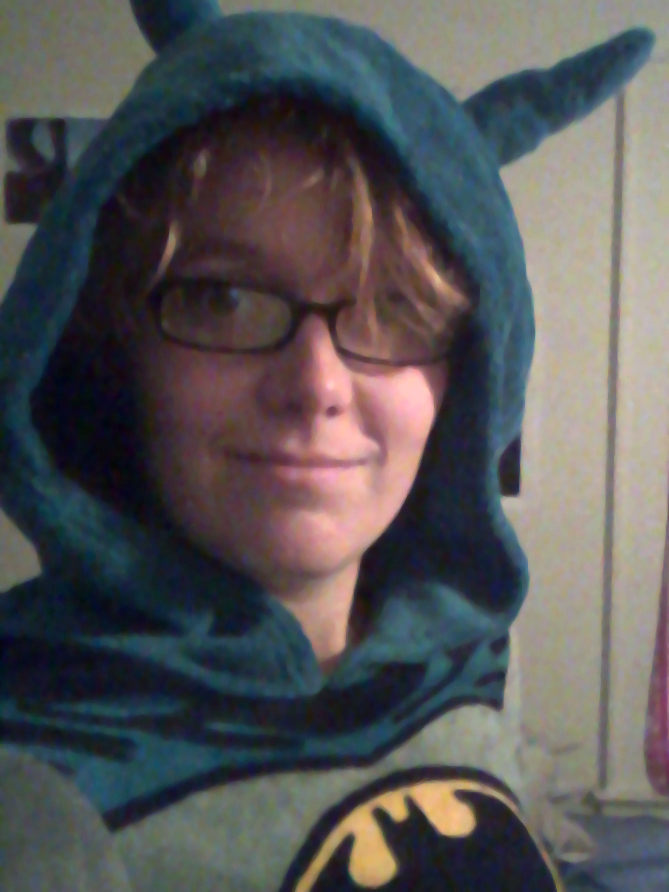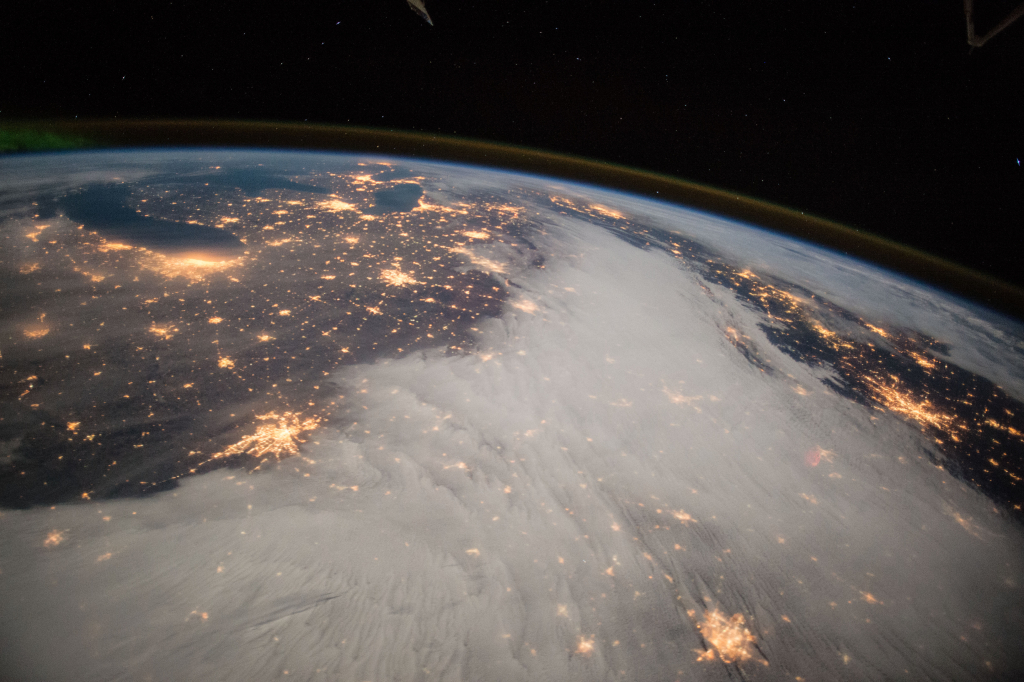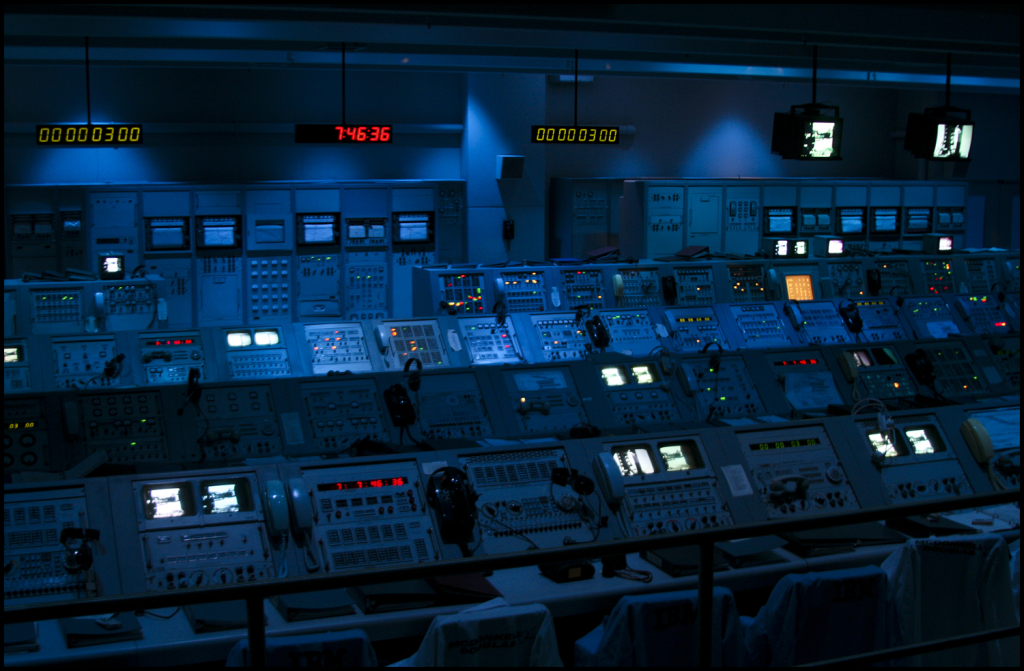The Expedition

Steph Hichens
Steph is a senior with a major in environmental resource engineering. She enjoys tree climbing, swimming, and live action role play (LARP). After graduation, plans include saving the world and adopting one million puppies.
We were the scouting legion sent to explore the cosmos. The green revolution came too late; industrialization had destroyed our planet. The water ran brown, the plants withered away and the ocean life floated on the surface of the seas, where they washed up onto the shore and were bleached white by the sun. We spent our time indoors, hiding from the devastation we brought to our world. Our water purifiers and greenhouses couldn’t support our population forever. Water purifiers would soon break and our food supplies would run out.
That’s how I ended up here, sent on a mission to find a new home.
Five of us were aboard the spaceship: three scientists, a diplomat and the ship’s mechanic. As the biologist, it was my job to study the plant and animal species we found to ensure we could coexist. We hoped to find another sentient species we could share knowledge with. I imagined a people so in tune with nature there was no longer any competition between them and the natural order of the world. They no longer fought against nature; they were a part of it. I admit I was an idealist, but our mission made me hopeful.
Years into our journey we entered the orbit of a star not dissimilar to our own. The astronomer had calculated where the planet we were looking for would lay: the “Goldilocks” zone, where the star’s heat would neither be so close that the planet’s water would boil nor so far that it would freeze—the temperature at which life was likely to form. There it was on our virtual screens! We screamed victory and charted a course toward our species’ salvation. As we approached, the planet’s land features started coming into view. The mission was a success; we would survive.
Then we saw lights. Cities? My heart raced; had we found a planet with sentient beings?
It was The Diplomat who voiced the first caution: the planet could be dangerous to our health. I thought back to the sci-fi movies I had watched growing up; monsters with terrible teeth and a hundred legs, crawling, killing, conquering. Was this what we would find on the blue orb? The Diplomat proposed we carefully assess how their social structure worked. The Chemist interjected with her own line of questions: was the air and water safe for us? We stood around looking at each other, amazed yet questioning. We had found a planet capable of supporting life, but was it capable of supporting our kind? We observed and collected data hovering in the planet’s atmosphere.
Through months of research we discovered the air was breathable, the water drinkable, and from the probes we sent, the ground mostly solid. The planet seemed more than capable of supporting our species. While in some places there were fewer poisons and toxins, we wondered how the sentient beings that called the cities “home” survived the levels of toxins they experienced on a day-to-day basis.
The patterns of the cities were also strange to us. Some were organized into perfectly straight lines, like soldiers at attention, while other cities flowed out and sprawled for miles with no apparent definition or purpose. We were shocked to find many of them at the edge of the water, like they were challenging oceans to flood them. At night the lights turned on and the world began to glow. Thin lines of light spider-webbed from the center of the cities into the darkness around them. How many of them lived outside of these great cities? Did the colonies go to war with one another, or did they coexist.
Eventually we were able to adjust our instruments to receive signals from the planet and their broadcasts began to yield answers. We spent nights watching their strange habits. They warred over land and energy rights and warriors were held in higher regard than diplomats. Any hope I had of finding a peaceful sentient people died as I watched the carnage of this planet unfold.
Many of them practiced an art of a sort, injecting substances into their bodies to change their outward appearance. The species had no need for this as a form of camouflage, so the act must have been done for purely aesthetic reasons. Many more of their kind lay under the strong starlight for hours on end, like lizards, absorbing the heat as their outward coatings became darker. The purpose of this darkening was also lost to me; was it part of their mating ritual? Still others punched holes into their bodies to string beads and metal bits through them, drank solutes made up of mostly ethanol, and inhaled incinerated particulate-vegetation.
Images also showed these species practiced tortuous medicine. They cut patients wide open, with bones and guts on display beneath a harsh medical light, then sewed them back up. Clearly, these practices resulted in the creatures being healthier then when they entered, but they seem so primitive and intrusive.
We were disappointed. They were obviously trying to conquer nature and bend her will to their command. My hopes of meaningfully communicating with these creatures were shattered. Could we even begin to live with these creatures? Or would they kill us as soon as we landed, before we could ask for peace? Could we coexist with this world they called Earth?


